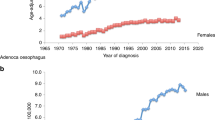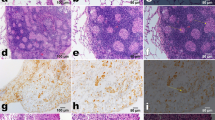Abstract
Four experiments in which SPF Wistar rats were inoculated intrapleurally with asbestos or other materials are described. Mesotheliomata were observed in a considerable proportion of animals with all the samples of asbestos used and with a sample of brucite. A few were produced with synthetic aluminium silicate fibres and single ones with barium sulphate, glass powder and aluminium oxide. The risk of developing a mesothelioma at a given time after injection was approximately proportional to the dose. Of the UICC standard reference samples, crocidolite was the most carcinogenic and removal of the oils by benzene extraction did not alter the carcinogenicity of these samples. Chemical properties also seem unlikely to be the main factor producing mesotheliomata but the results support the hypothesis that the finer fibres are the more carcinogenic, and this is additional to the known aerodynamic advantage which the finer fibres have in penetrating to the periphery of the lung.
This is a preview of subscription content, access via your institution
Access options
Subscribe to this journal
Receive 24 print issues and online access
$259.00 per year
only $10.79 per issue
Buy this article
- Purchase on Springer Link
- Instant access to full article PDF
Prices may be subject to local taxes which are calculated during checkout
Similar content being viewed by others
Rights and permissions
About this article
Cite this article
Wagner, J., Berry, G. & Timbrell, V. Mesotheliomata in Rats after Inoculation with Asbestos and Other Materials. Br J Cancer 28, 173–185 (1973). https://doi.org/10.1038/bjc.1973.134
Issue Date:
DOI: https://doi.org/10.1038/bjc.1973.134
This article is cited by
-
Particle toxicology and health - where are we?
Particle and Fibre Toxicology (2019)
-
Expression of GPC3, an X-linked recessive overgrowth gene, is silenced in malignant mesothelioma
Oncogene (2000)
-
Use of mesothelial cell cultures to assess the carcinogenic potency of mineral or man made fibers
Cell Biology and Toxicology (1992)



